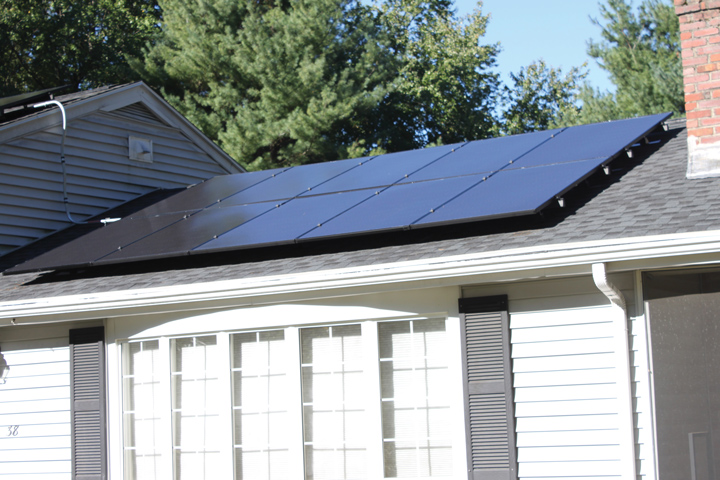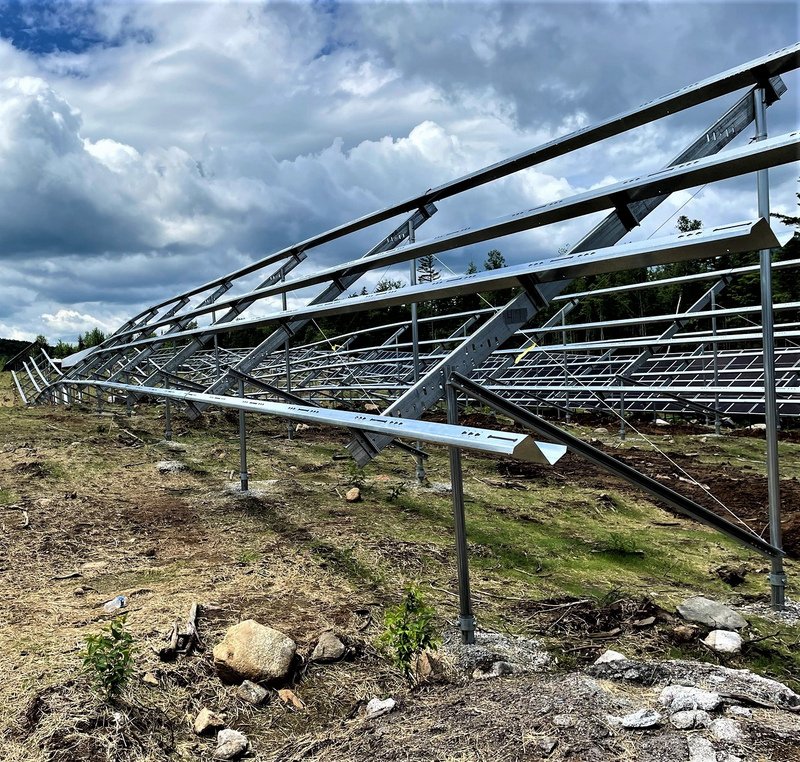The anti-aging secret of solar panels

The two parameters that are widely spoken about solar panels is their wattage and panel appearance. Pretty, shiny panels definitely please the eyes, but do they do the work? The return on your solar investment is determined by the energy yield capacity of the installed PV system. Not just the energy yield for the first year, but for the following 25 years which is the lifetime of most high-quality panels out in the market.
What happens to solar panels when it becomes too hot (or too cold) to handle?
The cells in solar panels produce power based on the sun’s radiation reaching the panel surface, which may fluctuate over the day and different seasons. The efficiency at which the power is being produced is affected by the cell temperature. This is measured by the parameter called the temperature coefficient. It is typically indicated as a percentage reduction with every degree change in temperature from the standard testing conditions in the laboratory (typically 25oC / 77oF).
Most solar panels have a temperature coefficient of around -0.3% / °C to -0.5% / °C. Panasonic solar panels have a temperature coefficient of -0.26 %/°C – one of the best in the industry – because of its heterojunction cell technology.
What this means is, during warm summer days or cooler winter days, if we compare two panels of the same wattage installed in the same location – the panel with a low temperature coefficient produces more power than a panel with a higher temperature coefficient. Compounding this effect over the days, the annual energy yield of a panel with lower temperature coefficient can sometimes be even higher than panel with a higher wattage and higher temperature coefficient.
Does your solar panel age gracefully?
The efficiency of a panel’s energy production over its lifetime depends on the durability of the solar cells. As the cells in solar panels continue to undergo several power cycles in different temperatures, seasonal variations and snow / wind loads, the cell structure degrades and leads to a drop in performance. The cell structure also degrades from exposure to UV rays and extreme weather conditions like heavy rainfall and hail. This degradation is generally described as the annual degradation rate of the module, which is typically mentioned under the performance warranty.
Some panels have a high starting production efficiency for the first year, but the production efficiency can drop to as low as 80% at the 25th year due to the annual degradation rate owing to the external environmental conditions. This compounded effect of the panel degradation over the 25-year period can significantly affect the total energy yield of the PV system installed and thereby the return on your customers’ investment.
Solar panels with N-type cells have minimal Light Induced Degradation (LID) and Potential Induced degradation (PID), which supports reliability and longevity. In addition to that, a half-cut cell structure makes the cells relatively less prone to microcracking under adverse conditions. These factors contribute to producing more power over the 25-year period.
Vikki Kumar, Systems Engineer, Energy Storage & Solar, with Panasonic Solar.





Comments are closed here.